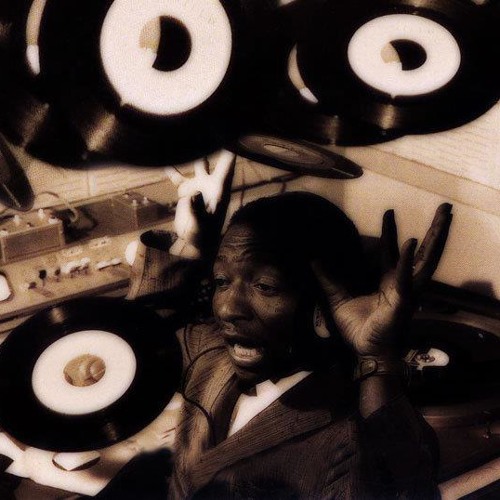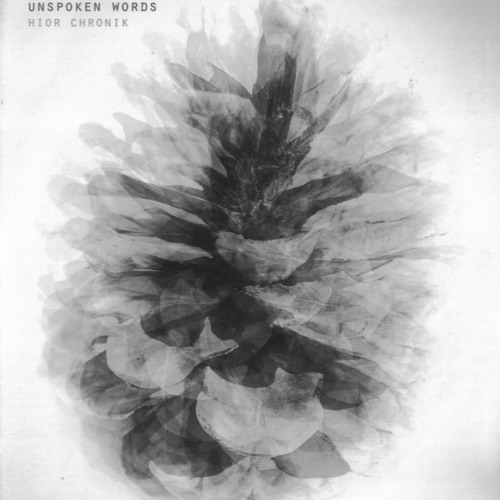If you were interested in Spark before, but thought it was too pricey or bulky, Arturia has just announced the next generation of Spark, called SparkLE. It's the basic idea of Spark cut down to a thinner controller with some knobs removed and repurposed. Seems like an excellent move since the original could be a bit bulky. At $299, it's a bit cheaper as well, so if you were on the fence before perhaps this will sweeten the deal for you.
Not sure why the name "SparkLE" was chosen, but it seems to be pronounced "Spark LE", not "sparkle." No word yet if the unit comes with glitter and sparkles.
“The drums, samples, and FX in SparkLE are so spot-on with what’s happening today. And the patterns are genius. I’ve never loved a drum machine this much!”
- Junior Sanchez, 2013 (remixer: Daft Punk, Placebo; producer: Katy Perry, Ima Robot)
GRENOBLE, FRANCE: music software and hardware company Arturia is proud to announce the NAMM 2013 launch of SparkLE Creative Drum Machine, its newest hybrid beat production centre combining intuitive hardware hands-on control with software strength and integration...
Quite simply, SPARK Creative Drum Machine revolutionised hands-on beat-making by cleverly combining TAE® (True Analog Emulation) synthesis, sample playback (with multiple layering modes and post-processing), and physical modelling technologies with the intuitive workflow of a hardware drum machine upon its June 2011 launch; today, SparkLE Creative Drum Machine joins its bigger brother to take this concept to the masses in an all-new, ultra-portable package at a takeaway price point that’s tough to beat (€249.00 EURO/$299.00 USD).
The solidly-constructed, super-slimline SparkLE Creative Drum Machine hardware measures a mere 1.6cm in depth and comes complete with a handy neoprene slipcase to take your beats to the streets with that ‘real instrument feel’ so many other controllers clearly lack. With it comes direct access to all the features needed to create patterns, write automation, and perform live.
SparkLE Creative Drum Machine serves up classic ‘TR-style’ workflow via its brightly backlit step sequencer buttons, while a musical platter of bangin’ beats can quite literally be banged out using its eight velocity- and pressure-sensitive backlit pads. Stunning live performances are a breeze thanks to the advanced Looper and beat-slicing functions, while beats can be transformed on the fly with the touch-sensitive FX pad that features eight filter modes (including the famed Oberheim SEM V filter featured in Arturia’s acclaimed Oberheim SEM V soft synth namesake) and seven Slicer modes. Three assignable encoders ease writing automation and realtime sound control. More musical still, TUNE mode permits playing sounds chromatically across those 16 step sequencer buttons or eight pads — try having the kick drum follow the bass root note for truly trouser-flapping lows, play a synth bass/lead sound, or transform percussion sounds into pitched instruments... it’s all there for the hands-on taking!
Software-wise, SparkLE Creative Drum Machine makes use of the same full-featured Spark Engine software shipping with the original SPARK Creative Drum Machine. It includes an awesome library of over 1,500 instruments and 100 kits, providing top-notch, professional sounds covering a variety of dancefloor-friendly genres and stylings, ever-expandable with Arturia add-ons (like the Hip Hop Essentials and DubStep Essentials Expansion Packs).
Priced to go, there has never been a better time than now to add a little sparkle to your rhythmic creativity with SparkLE Creative Drum Machine!
SparkLE Creative Drum Machine will be available to purchase from the Arturia online store (http://www.arturia.com/evolution/en/buy/online-shop.html) or any dealer for €249.00 EURO/$299.00 USD from mid-March 2013."


















